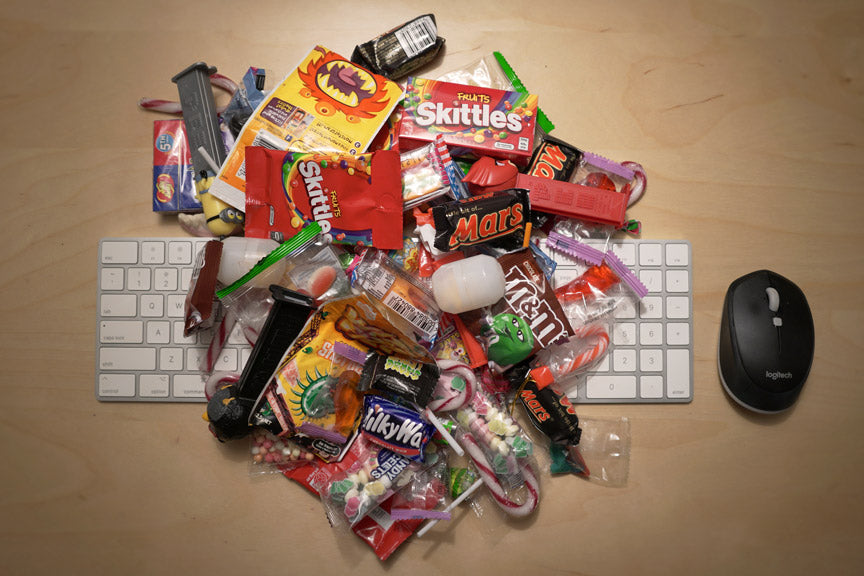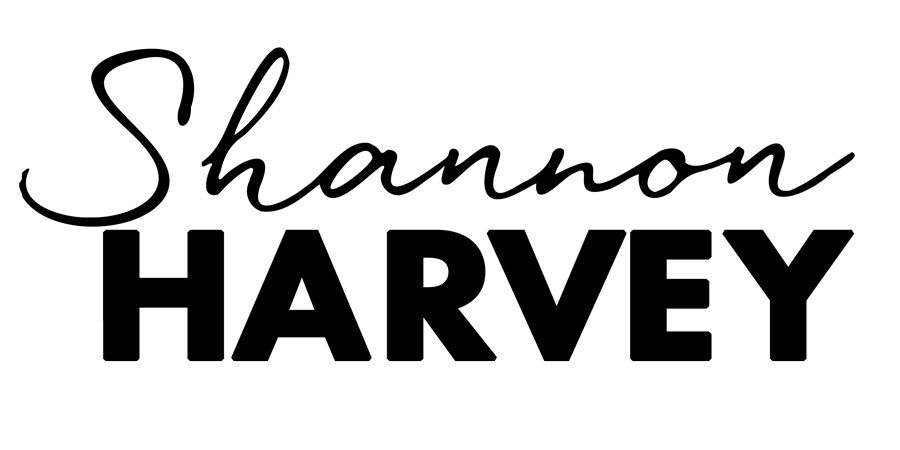
In the two-week window leading up to the end of the 2020 school year, I noticed a frightening phenomenon in my seven-year-old son’s school bag. He had amassed a small mountain of junk food.
From play dates and birthday parties, to after-school-care and team sport, it seemed everyone and anyone had deemed it a special occasion to be celebrated with gifts of cookies, chocolate, chips, and candy.
I haven’t always been the kind of person who pays close attention to junk food. Six years ago, when I was writing my first book, which is about my efforts to live well, despite being diagnosed with an incurable autoimmune disease, I began wading into the murky waters of diet science and interviewing nutrition experts. I wanted to work out what, exactly, I should be eating to live the healthiest life possible, despite my illness.
My conclusions weren’t radical. But I did learn that I not only needed to start eating more fresh fruit and vegetables, beans, legumes, nuts and seeds; I also needed to reduce the amount of junk I was eating and drinking. As I wrote in my piece “What Does Eating in Moderation Actually Look Like?” I got a whole new perspective on what healthy eating looks like when I stumbled upon a paper commissioned by the National Confectioners Association.

In the four years since my book was released, nutrition science has come a long way. In the midst of epidemics of obesity, heart disease, and type 2 diabetes, increasing evidence now draws the link between what we eat and drink, how well we are, and how long we’ll live.
We also know that the average adult gets half of their daily energy from something researchers call “ultra-processed” food – the soft drink, confectionery, sweet biscuits, ice-cream, and savoury snacks that my son’s well-meaning friends gifted him when they were celebrating the end of the school year. These foods are almost always made in factories by combining substances derived from foods with synthetic additives. A key feature is that they are usually cheap, convenient, practically imperishable, and contain substances that are never, or very rarely, found in home kitchens.
It’s not just chronic metabolic illnesses that have researchers worried. The more ultra-processed food we eat, the more likely we are to become sick with a range of chronic diseases, including asthma, cancer, and depression.
To be clear, I’m no purist. I take no issue with the occasional treat – and I’m aware that common wisdom advocates that it’s better to let kids indulge occasionally than ban junk altogether. I also adore watching the delight on my children’s faces when I announce a spontaneous visit to our local family-run gelato shop.
My problem is that sometimes food has become everyday food. And that somewhere between my childhood and adulthood, jelly snakes have replaced the age-old tradition of eating sliced oranges after sport, and kids now hand out sugary sweets instead of Christmas cards at the end of the school year. My problem is also that every well meaning friend, coach or relative who offers my kids a “treat” thinks that they’re the only one.
My biggest problem of all though is knowing that the dietary habits established in childhood, set us up for the rest of our lives. Up against an enticing celebratory snack, which has been scientifically optimised in high-tech labs for its irresistible salt, sugar and fat content, I’m all too aware that my seven-year-old son and his four-year-old brother, don’t stand a chance.
I discovered my son’s bag full of loot one evening as I was tidying his room and couldn’t hide my shock at it’s abundance. “That’s not even half of it,” he said. “Where is the rest?” I asked. “… I ate it,” he replied with a rueful grin.






 The Connection (DOWNLOAD-TO-OWN)
The Connection (DOWNLOAD-TO-OWN) My Year Of Living Mindfully - Book
My Year Of Living Mindfully - Book




